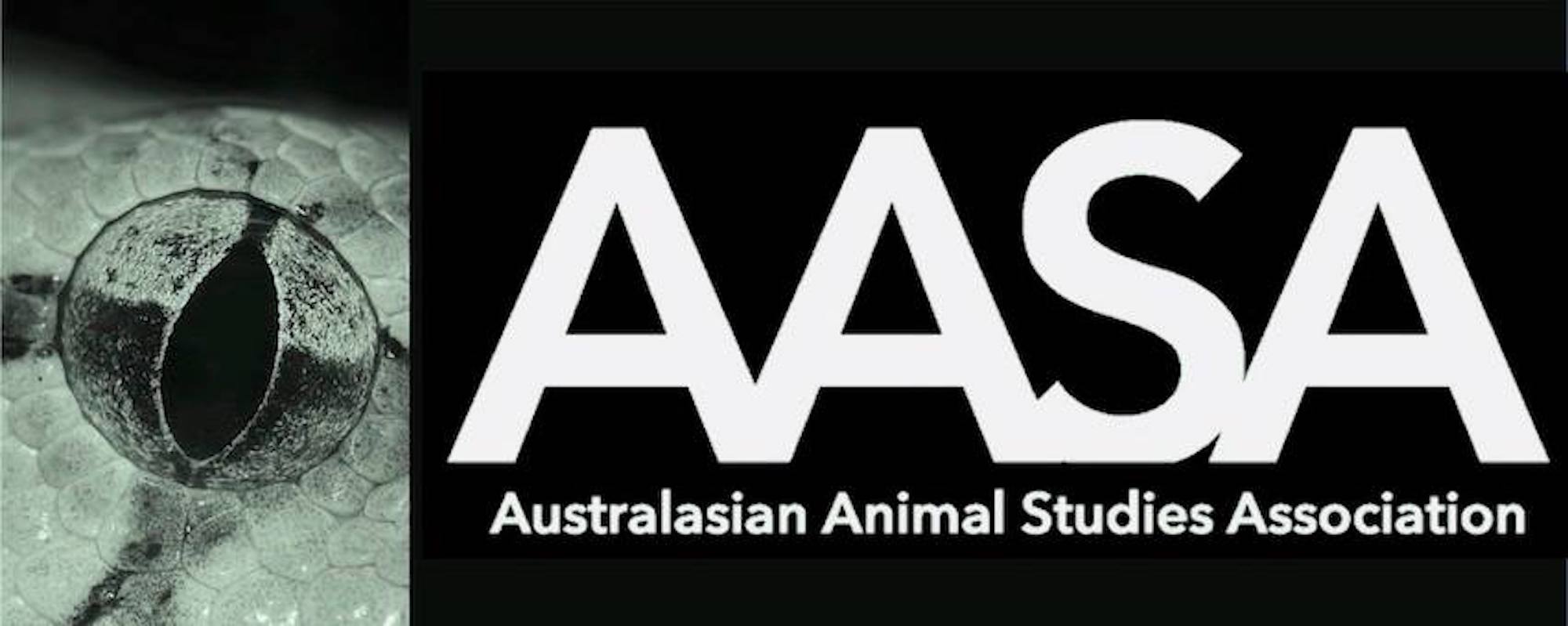Behie AM, Apthorp K, Hendershott R, Ruskin K (2022) Ecology of Trachypithecus species in the Indo-Burmese region. In: Colobine monkeys: Natural history, behaviour and ecological diversity (pp 225-249). Cambridge University Press.
Roth A, Ranjan N, King G, Homayun S, Hendershott R, Dennis S (2021) Zooming in on COVID: The intimacies of screens, homes and learning hiearchies. Anthropology in Action 28(1), 67-72.
Hendershott R (2020) Didactic and artistic representations of prehistoric hominins: Who were we? Who are we now? Journal of Science & Popular Culture 3(2), 153-171.
Hendershott R, Rutledge-Prior S (2019) Ambivalent interspecies relationships: Good science and anthropomorphism. Podium presentation at Being with and Being for Animals: The status and role of method in contemporary sociological animal studies symposium, Australian National University.
Hendershott R (2019) Ambivalent interspecies relationships: Fieldwork and ethics. Podium presentation at Sociology and Environment & Society Joint Wildlife Workshop, Australian National University.
Hendershott R, Hu G, Groves C, Behie AM (2019) Natal-to-juvenile pelage change in free-living François’ (Trachypithecus francoisi) and Cat Ba (T. poliocephalus) langurs. Vietnamese Journal of Primatology 3(1), 55-69.
Hendershott R, Rawson B, Behie AM (2018) Home range size and habitat use by Cat Ba langurs (Trachypithecus poliocephalus) in a disturbed and fragmented habitat. International Journal of Primatology 39(4), 547-566.
Hendershott R (2018) Did we Frankensteinise nonhuman apes through language research? Podium presentation at Frankenstein 2018: Two Hundred Years of Monsters conference, Australian National University.
Hendershott R (2018) Ape-men and man-apes: What have we scientifically and culturally learnt through circus freak shows and animal performances? Podium presentation at Imagineers in Circus and Science: Scientific Knowledge and Creative Imagination conference, Australian National University.
Hendershott R, Behie AM, Rawson B (2016) Seasonal variation in the activity and dietary budgets of Cat Ba langurs (Trachypithecus poliocephalus). International Journal of Primatology 37(4-5), 586-604.
Hendershott R (2016) Biased methodology: A comparative approach to comparative cognition. Podium presentation at the Australian Anthropological Society (Anthropocene Transitions) annual conference, University of Sydney.
Hendershott R, Matheson M, Sheeran L, Wagner RS, Li JH (2012) Sociosexual behaviors of Tibetan macaques (Macaca thibetana). Podium presentation at American Society of Primatologists 35th annual conference, University of California, Davis.

